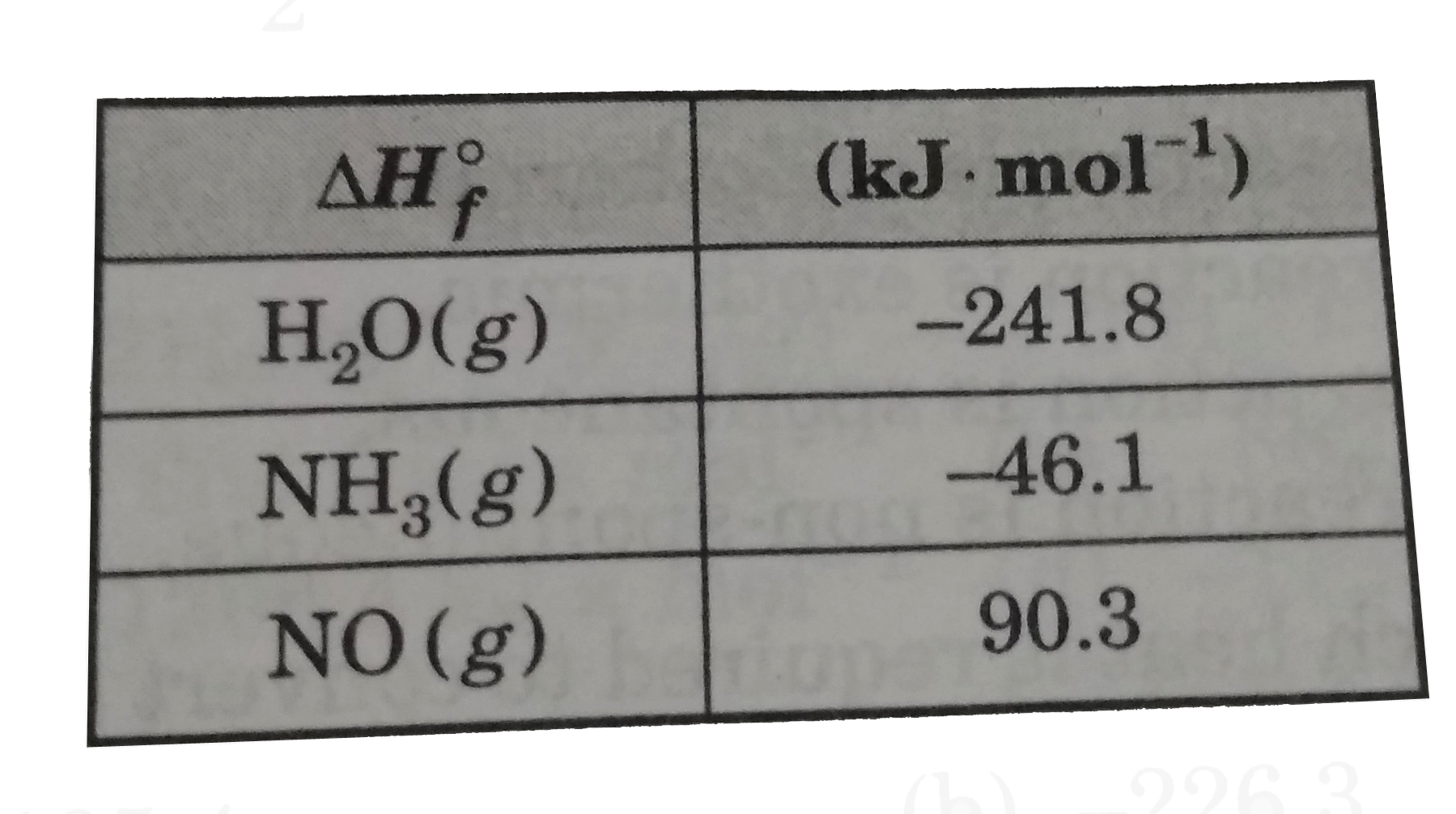For a reaction 2A(g)+3B(g)→2C(g)+D(g), calculate the magnitude of ΔH∘400K of the reaction from the given data.
ΔH∘fA=(200+10−2T2)J
ΔH∘fB=(100+2×10−3T2)J
ΔH∘fC=(200+2×10−2T2)J
ΔH∘fD=(100+2×10−3T2)J
Express your answer in kJ and round off to nearest integer.
The correct Answer is:3
Step by step video, text & image solution for For a reaction 2A(g)+3B(g) to 2C(g)+D(g), calculate the magnitude of DeltaH_(400K)^(@) of the reaction from the given data. DeltaH_(f)^(@)A=(200+10^(-2)T^(2))J DeltaH_(f)^(@)B=(100+2xx10^(-3)T^(2))J DeltaH_(f)^(@)C=(200+2xx10^(-2)T^(2))J DeltaH_(f)^(@)D=(100+2xx10^(-3)T^(2))J Express your answer in kJ and round off to nearest integer. by Chemistry experts to help you in doubts & scoring excellent marks in Class 11 exams.
Updated on:21/07/2023Topper's Solved these Questions
Similar Questions
For the formation of C(g)at300 K.
A(g)+3B(g)→2C(g)
Calculate the magnitude of ΔG∘ (Kcal) if given data:
ABCΔH∘f(Kcal mol−1)00−10ΔS∘f(Cal K−1mol−1)403045
View SolutionCalculate ΔH∘f for chloride ion from the following data :
12H2(g)+12Cl2(g)→HCl(g),ΔH∘f=−92.4kJ
HCl(g)+nH2O→H+(aq.)+Cl−(aq.),ΔH∘=−74.8kJ
ΔH∘fH+(aq.)=0.0kJ
View Solution
Knowledge Check
If bond energy of H2,F2 and HF are in the ratio 2:1:3 and ΔHa(H2)=400kJ/mol. Then ΔHf(HF) is :
A0kJ/molB−600kJ/molC−1200kJ/molDNone of theseDetermine ΔHrxn for the reaction in KJ .mol−1
2NH3(g)+52O2(g)→2NO(g)+3H2O(g).
 A−105.4B−226.3C−452.6D−6377.0
A−105.4B−226.3C−452.6D−6377.0
Find bond enthalpy of S-S bond from the following data:
C2H5−S−C2H5, ΔH∘f=−147.2kJ mol−1
C2H5−S−S−C2H5, ΔH∘f=−201.9kJ mol−1
S(g), ΔH∘f=222.8kJ mol−1
View SolutionCalculate the values of ΔE∘ and ΔH∘ for the reaction:
2A(g)+B(g)⇔A2B(g)
for which Kp=1.0×10−10atm−2 and ΔS=5JK−1 and T=300K.
View SolutionCalculate the standard enthalpy of reaction ZnO(s)+CO(g)→Zn(s)+CO2(g)
Given, ΔHf(ZnO,s)=−350KJ/mole,ΔH∘f(CO2,g)=−390KJ/mole,ΔH∘f(CO,g)=−110KJ/mole
View SolutionThe ΔH0fN2O5(g) in KJ/mol on the basis of the following data is
2NO(g)+O2(g)→2NO2(g)ΔH0f=−114KJmol−1
NO2+O2(g)→2N2O5(g)
ΔfH0NO(g)=90.2KJmol−1
View SolutionThe values of ΔH and ΔS for two reactions are given below:
Reaction A:ΔH=−10.0×103Jmol−1
ΔS=+30JK−1mol−1
Reaction B:ΔH=−11.0×103Jmol−1
ΔS=−100JK−1mol−1
Decide whether these reactions are spontaneous or not at 300K.
View SolutionThe ΔrH∘ for the reaction,
4S(s)+6O2(g)→4SO3(g)
is -1583.2 kJ.Calculate ΔH∘f of sulphur trioxide.
View Solution